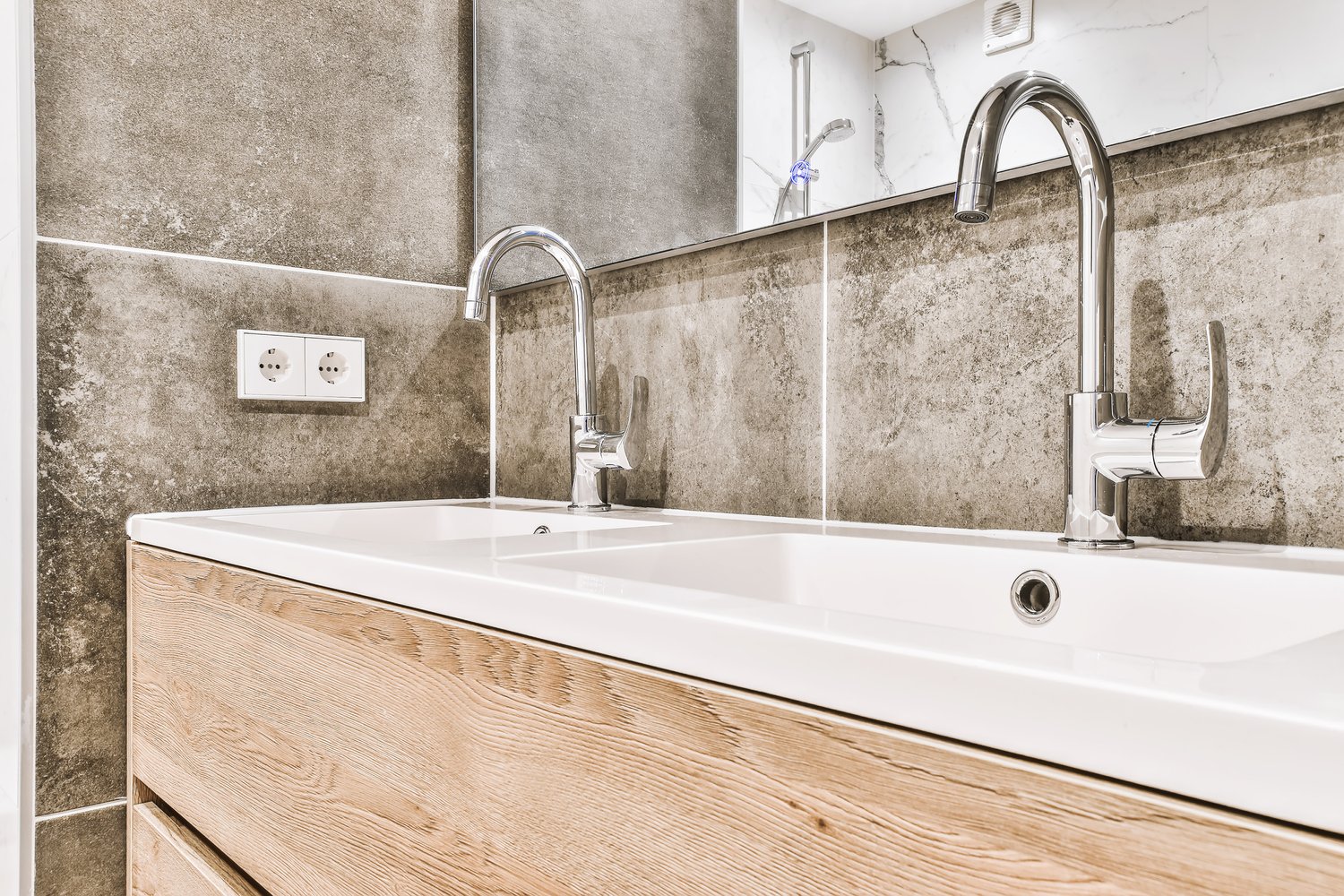Creating a bathroom that works for everyone, regardless of age or ability, is both a practical necessity and a forward-thinking approach to home design. Accessible bathroom design incorporates elements that make daily routines easier for people with mobility challenges while simultaneously creating a space that’s comfortable and convenient for all users. In this article, we’ll explore key considerations for designing a bathroom that prioritizes safety, convenience, and accessibility without sacrificing style or functionality.
Understanding Universal Design Principles
Universal design bathroom concepts are founded on the principle that environments should be usable by all people without the need for adaptation or specialized design. This approach benefits not just those with permanent disabilities but also individuals recovering from injuries, elderly family members, and even young children learning to navigate the bathroom independently. Unlike clinical-looking institutional bathrooms of the past, today’s accessible bathrooms seamlessly blend functionality with aesthetics.
The beauty of universal design is its emphasis on creating spaces that work better for everyone. Features like lever handles instead of knobs, touchless faucets, and adequate space for maneuvering don’t just help those with limited mobility—they make the bathroom more convenient for all users. By implementing these principles early in the design process, homeowners can create bathrooms that will serve them well throughout different life stages and circumstances.
Essential Features for Safe Bathrooms for Elderly Users
When designing a safe bathroom for elderly family members, several key elements deserve special attention. Slip-resistant flooring is perhaps the most critical safety feature, as bathroom falls represent a significant hazard for older adults. Options like textured tile, natural stone with a honed finish, or specialized vinyl flooring provide secure footing even when wet.
Grab bars installed at strategic locations—near the toilet, inside and outside the shower, and along bathroom walls—provide crucial support for maintaining balance and stability. Modern grab bar designs have come a long way from institutional-looking models, with many stylish options that coordinate with other bathroom fixtures. Some even serve double duty as towel bars or shelving supports, integrating seamlessly into the overall design.
Proper lighting is another essential consideration that benefits all users but is particularly important for older adults. Age-related vision changes make adequate illumination crucial for safety. Layered lighting that eliminates shadows, illuminated switches that are easy to locate in the dark, and motion-sensor options can dramatically improve bathroom safety and usability.
Smart Mobility Bathroom Ideas for Limited Space
Not every home has the luxury of a spacious bathroom, but mobility bathroom ideas can be adapted for smaller spaces too. Wall-mounted sinks and toilets create more floor space for maneuvering, while pocket doors or outward-swinging doors prevent entry challenges for wheelchair users or those who need assistance.
Corner showers with low or no thresholds maximize space efficiency while eliminating dangerous barriers. Curbless showers not only look sleek and modern but also remove tripping hazards and allow easier access for everyone. For existing bathrooms where a full renovation isn’t possible, AskHomey can connect you with professionals who specialize in creating accessible solutions within existing constraints.
Vertical storage solutions that keep essentials within reach without creating obstacles are another smart approach to accessible bathroom design in limited spaces. Recessed medicine cabinets, narrow shelving units, and over-toilet storage can maintain accessibility while providing ample storage.
Choosing Fixtures for Accessibility and Comfort
The fixtures you select play a major role in bathroom accessibility. Comfort-height toilets, typically 17-19 inches from floor to seat (compared to the standard 15 inches), make sitting and standing easier for many users. Wall-mounted toilets can be installed at custom heights to meet specific needs.
For showers and tubs, handheld shower heads with adjustable heights accommodate users of all statures, whether standing or seated. Thermostatic mixing valves prevent scalding by maintaining consistent water temperatures, an important safety feature for those with decreased sensitivity or slower reaction times.
Sink areas benefit from thoughtful design too. Lever faucet handles or touchless models eliminate the need for grip strength and twisting motions that can be challenging for those with arthritis or limited hand mobility. Vanities with knee clearance allow wheelchair users to approach the sink comfortably, while adjustable or tilting mirrors serve people of varying heights.
Future-Proofing Your Bathroom Investment
Implementing accessible bathroom design elements represents a sound investment in your home’s future. As the population ages, homes with universal design features are increasingly desirable in the real estate market. What’s more, creating an accessible bathroom now may prevent the need for costly modifications later.
When planning your bathroom renovation, consider how your needs might change over time. Features that seem unnecessary today may become essential in the future. Working with designers who understand both current accessibility standards and emerging technologies can help you create a bathroom that will remain functional and comfortable for years to come.
The principles of accessible design continue to evolve, with innovations like voice-activated fixtures, smart home integration, and adjustable-height elements becoming more mainstream. These advances make bathrooms not just more accessible but also more convenient and personalized for all users.
For more tips and to connect with reliable home service professionals, follow AskHomey on Facebook and Instagram.



